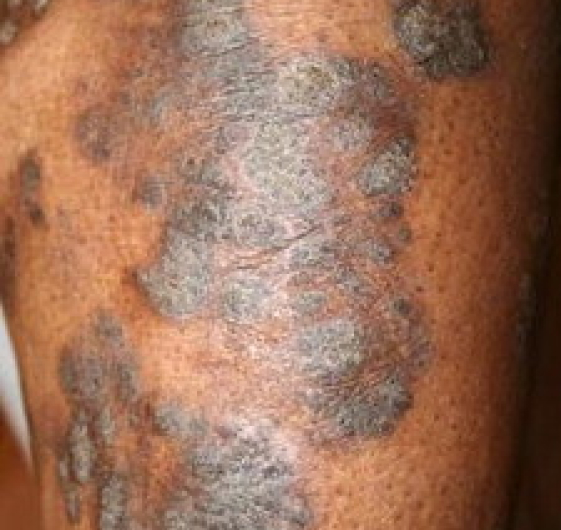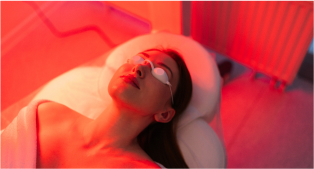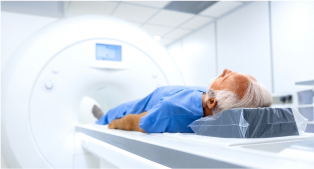Visit Our Blogs
View our blogs for the latest updates from the HMGS Derm team!
LEARN MORECamille Introcaso, MD performed a fellowship in Cutaneous Oncology at the Department of Dermatology, Hospital of University of Pennsylvania, Philadelphia, PA. Dr. Introcaso and our colleagues at Cooper Medical School of Rowan University are members of the Cutaneous Lymphoma Foundation and have a special interest in treating patients with CTCL.
Patients with all stages of CTCL/mycosis fungoides are diagnosed, evaluated, and treated at our HMGS Dermatology offices. When necessary, we collaborate with our Cooper Hospital Oncology team members. HMGS Dermatology offers a range of therapeutic options, including phototherapy, to expand our treatment services to patients throughout South Jersey.
If you or a loved one have been diagnosed or suspected of having cutaneous T-cell lymphoma, we encourage you to schedule an online appointment with Dr. Introcaso and our team at the Camden or Marlton locations.

Cutaneous T-Cell Lymphoma (CTCL) is a rare form of skin cancer originates in the white blood cells called T cells. CTCL is also referred to as mycosis fungoides. These cells normally help the body to fight infection, but this form of cancer leads to abnormalities that make them infiltrate the skin.
Common signs & symptoms of CTCL include:

Individuals who are experiencing any of the symptoms listed above should see a dermatologist regarding their skin. There are a number of tests and
procedures that are used to diagnose cutaneous T-cell lymphoma, including a physical exam, blood tests, skin biopsies, and imaging tests. The best way to receive a proper diagnosis and treatment is to schedule a consultation with one of our dermatologists
There are many different types and stages of cutaneous T-cell lymphoma. The type of cancer you have will help to determine which treatment options are best for you. Common treatment options include:

Medications can be applied to the skin as a cream, gel, or ointment. Options include potent topical corticosteroids, mechlorethamine gel, bexarotene gel and immune response modifiers.

These may include certain medications that control the immune system. FDA-approved medications for cutaneous T-cell lymphoma (CTCL) include bexarotene, vorinostat, romidepsin, denileukin diftitox, mogamulizumab, and brentuximab vedotin, though some are for specific stages or forms of the disease.

This involves exposing the skin to specific light wavelengths, such as ultraviolet A or B. Narrowband ultraviolet B (NBUVB) is most often used, but in some cases, phototherapy in the form of PUVA is done after a medication (psoralen) is taken that causes the skin cells to be more sensitive to light (UVA).

This involves the use of beams of energy to destroy cancer cells. If more than one area of cutaneous T-cell lymphoma is present, standard radiation using X-rays may be needed. For people with more areas of cancer, electron beam radiation may be recommended.
There are also some lifestyle and home remedies that may help to relieve symptoms, such as itching, as well as reduce your risk for infections. Using mild, unscented soap, and keeping the skin moisturized are great ways to relieve itching. You can also speak with your doctor regarding bleach baths, which may reduce your risk for infections.
To schedule your consultation appointment contact our office today. This will be your first step toward treatment, during which your dermatologist or physician assistant will assess your symptoms and your skin to properly diagnose and treat you.
SCHEDULE TODAYWe participate in over 75 insurance plans. You may also use your out-of network benefits. We can provide you with fee estimates prior to your visit.
LEARN MORE